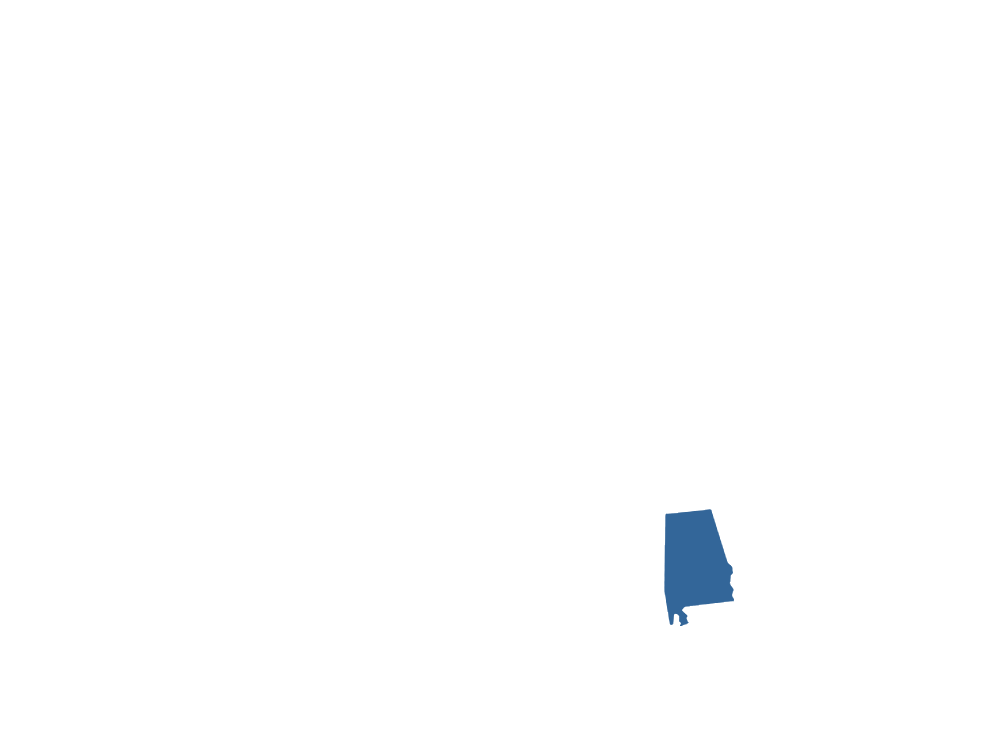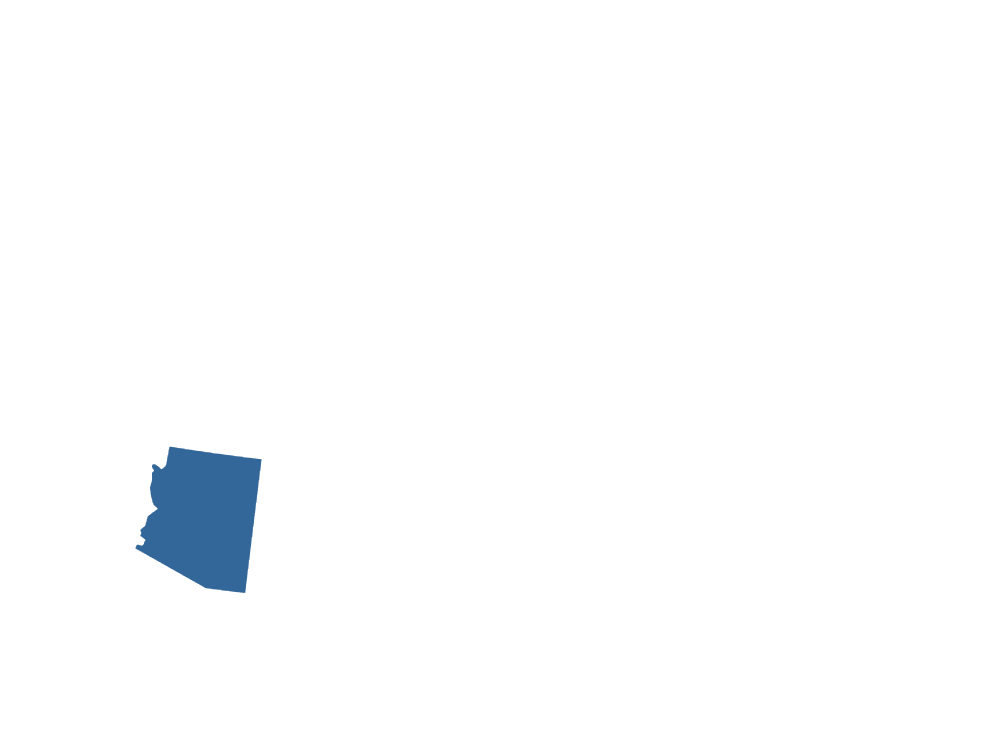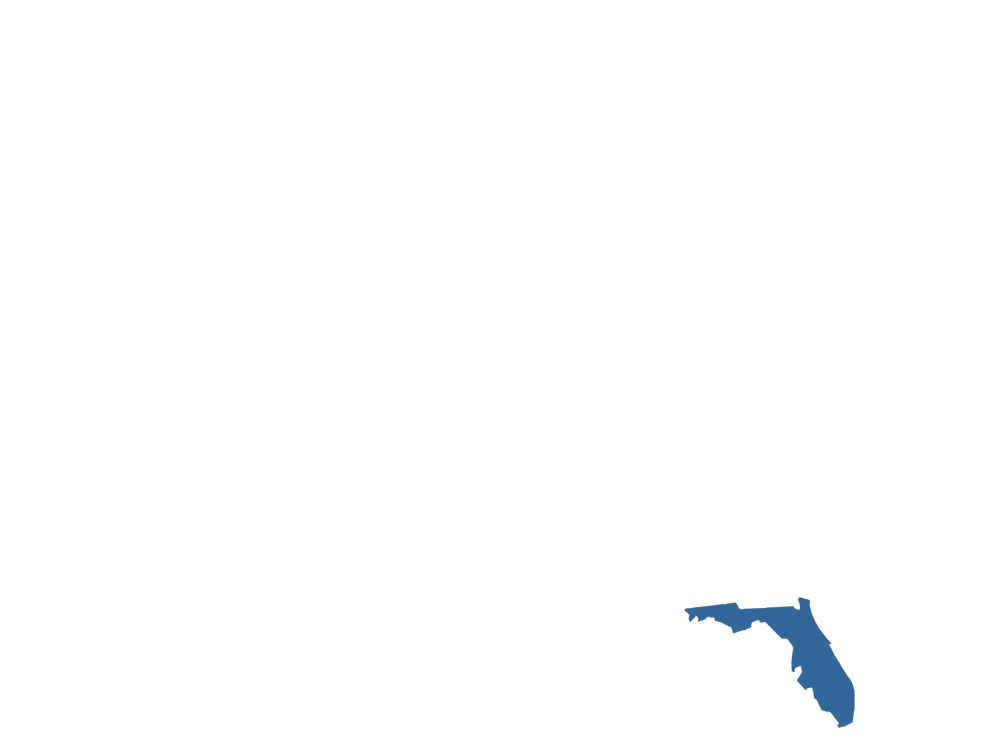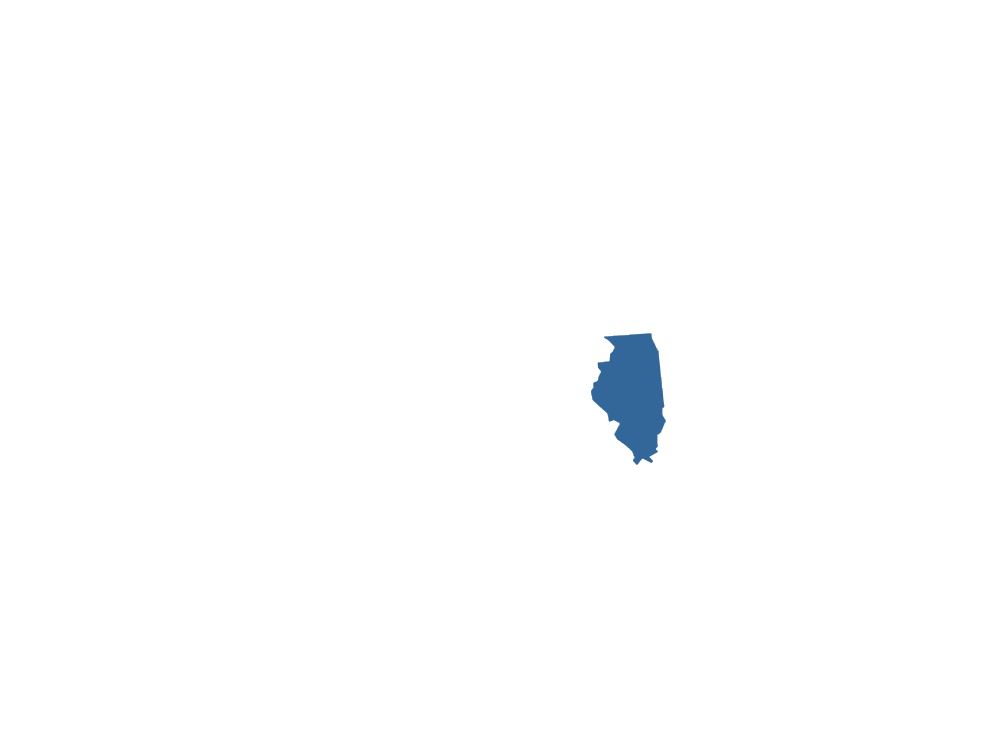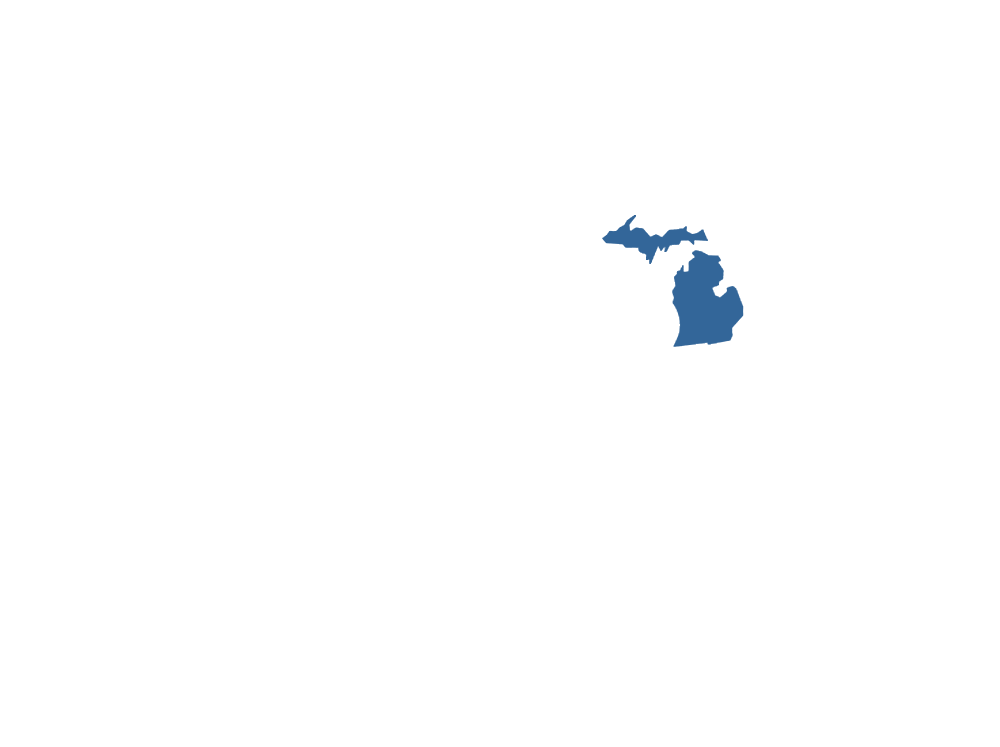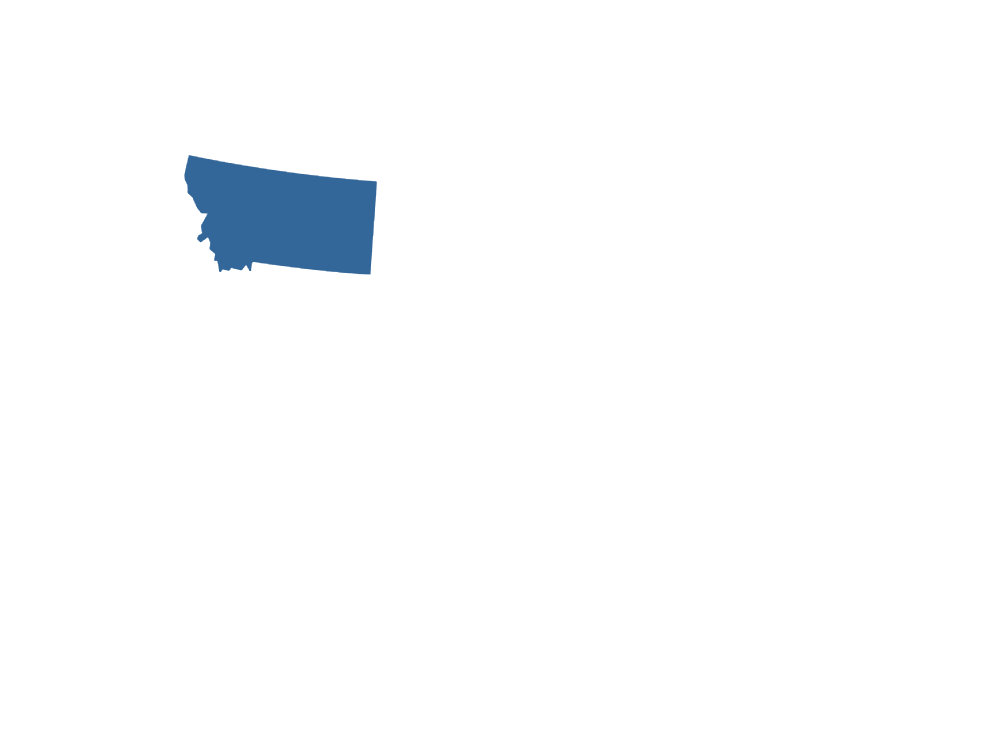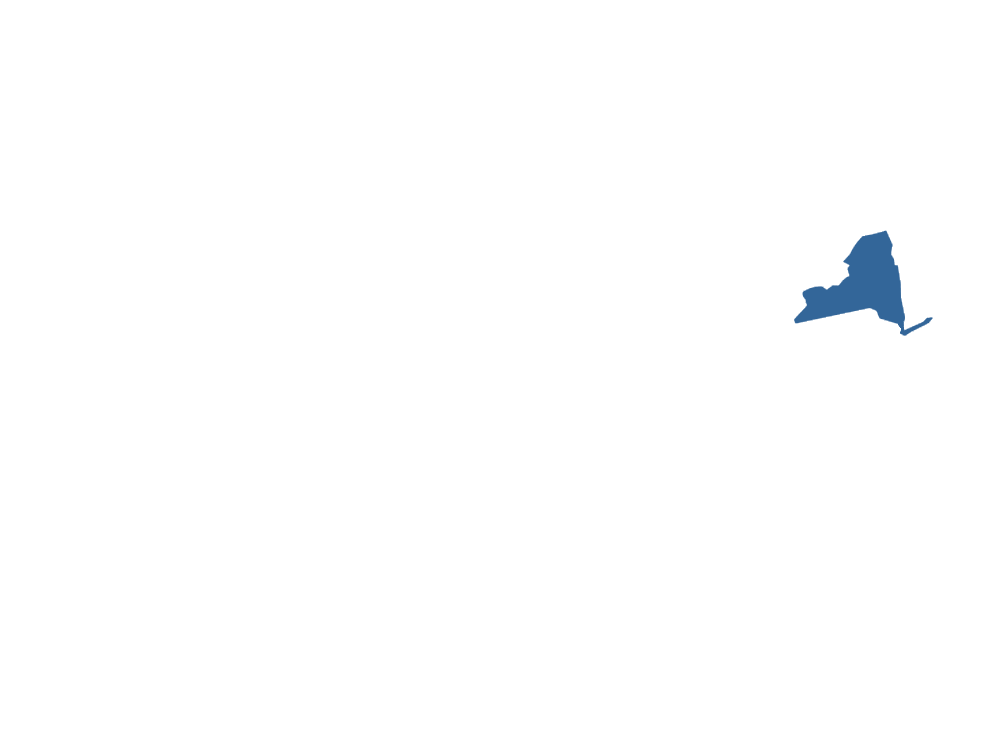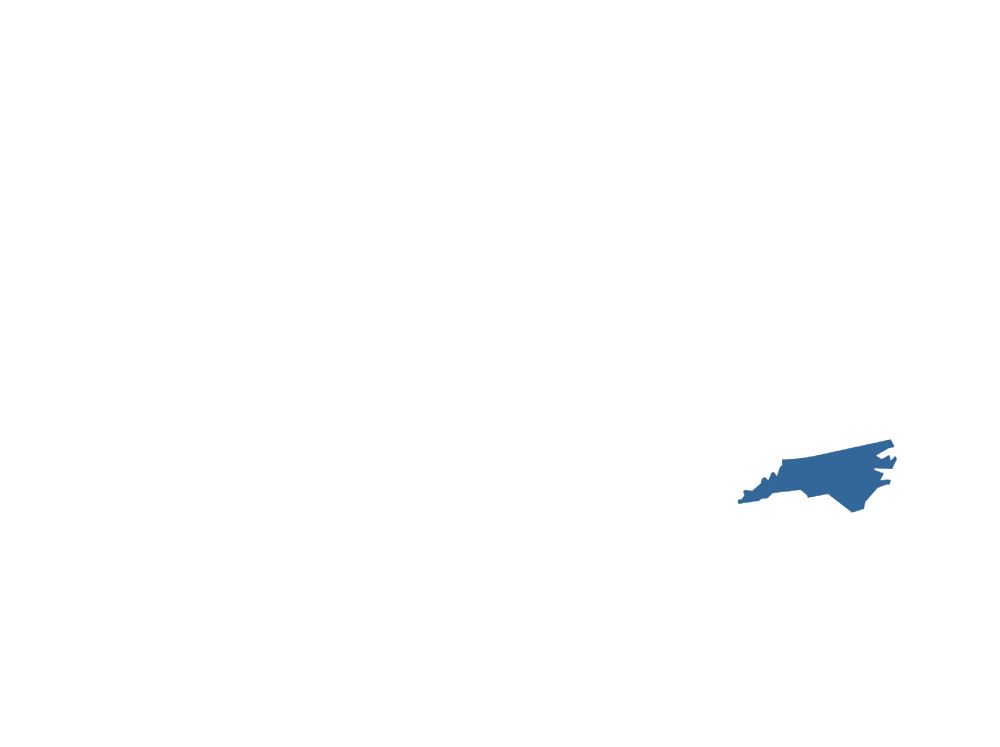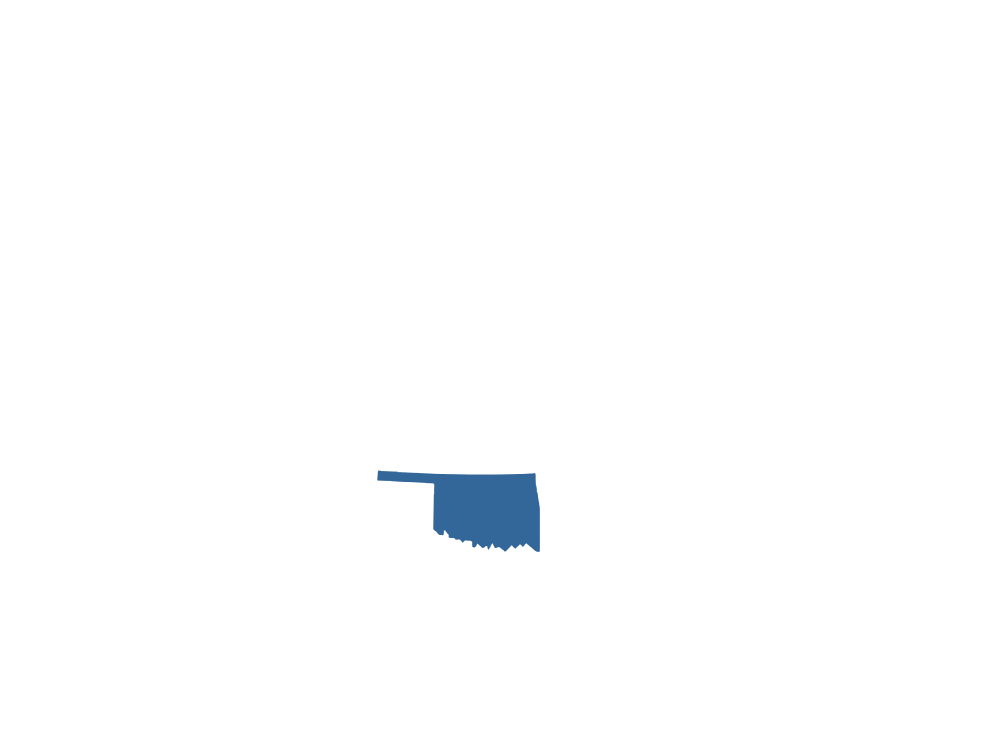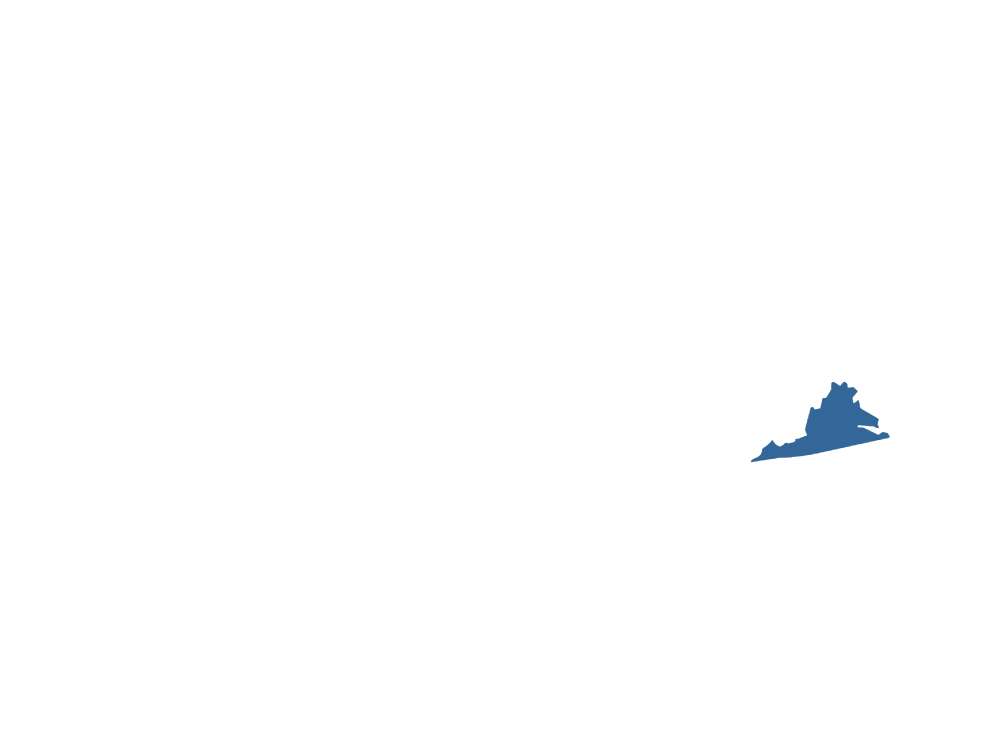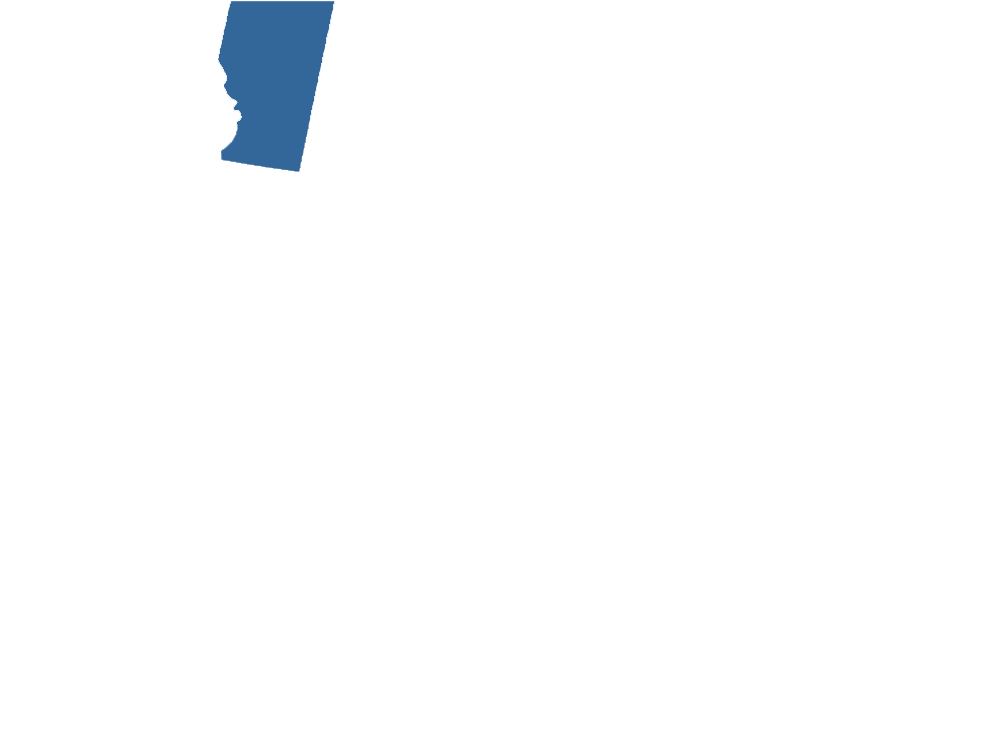As its name suggests, the Southwestern Corn Borer is a caterpillar that digs into a corn plant as it grows, tunneling into a whorl of leaves, evidenced by holes and thin, translucent strips on the leaf where chewing occurred, which are referred to as 'windowpanes'.
Subsequent generations of caterpillars feed on ears of corn growing under protective husks and down the stalk. The base of the plant is also attacked which may cause most of the struggling stalk to fall over. A caterpillar may remain inside the corn stalk and overwinter there if it hatched in late summer.
The eggs of this pest are white, each with three red-pink stripes. They are laid in clusters. The caterpillar has a brown head and white body covered in bold, black spots. Caterpillars that overwinter may have only faint black spots. It becomes a plain, light brown or beige moth that may appear to have a hairy snout thanks to the position of its labial palps.
The range of this caterpillar has spread far beyond the U.S. Southwest. While corn is the most popular host plant for this insect, Johnsongrass, sorghum, and sugarcane are also possible host plants.©CaterpillarIdentification.org
The map above showcases (in blue) the states and territories of North America where the Southwestern Corn Borer may be found (but is not limited to). This sort of data can be useful in seeing concentrations of a particular species over the continent as well as revealing possible migratory patterns over a species' given lifespan. Some species are naturally confined by environment, weather, mating habits, food resources and the like while others see widespread expansion across most, or all, of North America.*NOTE: States/Territories shown above are a general indicator of areas inhabited by the Southwestern Corn Borer. Insects generally go where they please, typically driven by diet, environmental changes, and / or mating habits.
| |
The CaterpillarIdentification.org logo, its written content, and photography are unique to this website (unless where indicated) and is protected by all applicable domestic and international intellectual property laws. The material presented across this site is for entertainment value and should not be construced as usable for scientific research or medical advice (insect bites, etc...) Please consult licensed, degreed professionals for such information. By submitting images to us (CaterpillarIdentification.org) you acknowledge that you have read and understood our as it pertains to "User-Submitted Content". Images can be submitted to caterpillaridentificationorg at gmail.com. No A.I. was used in the generation of this content.
Part of the Insect Identification network of sites that includes , , , and .
©2024 www.CaterpillarIdentification.org • All Rights Reserved • Content ©2019-2024 (5yrs)

